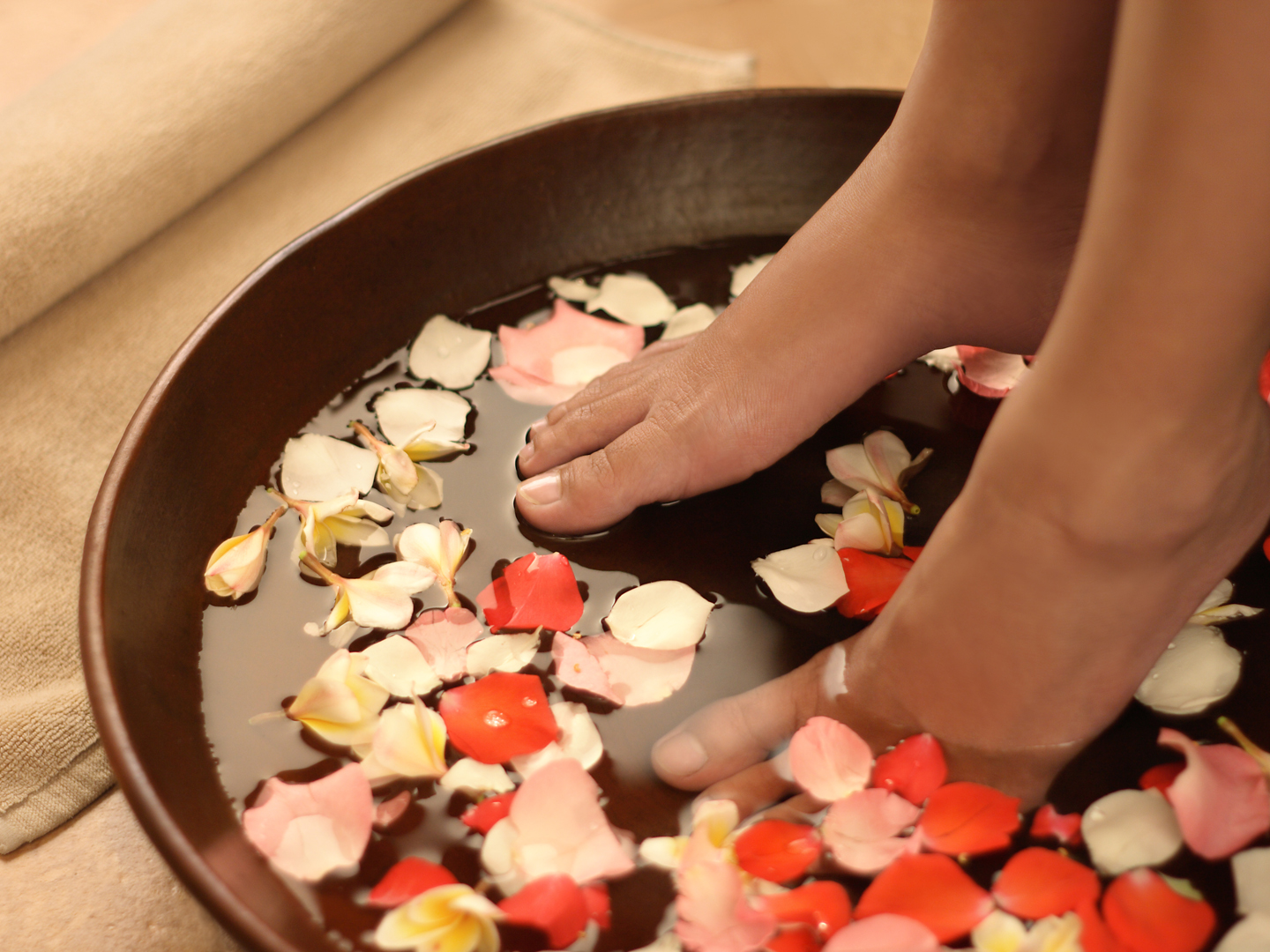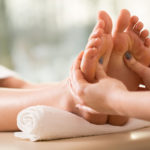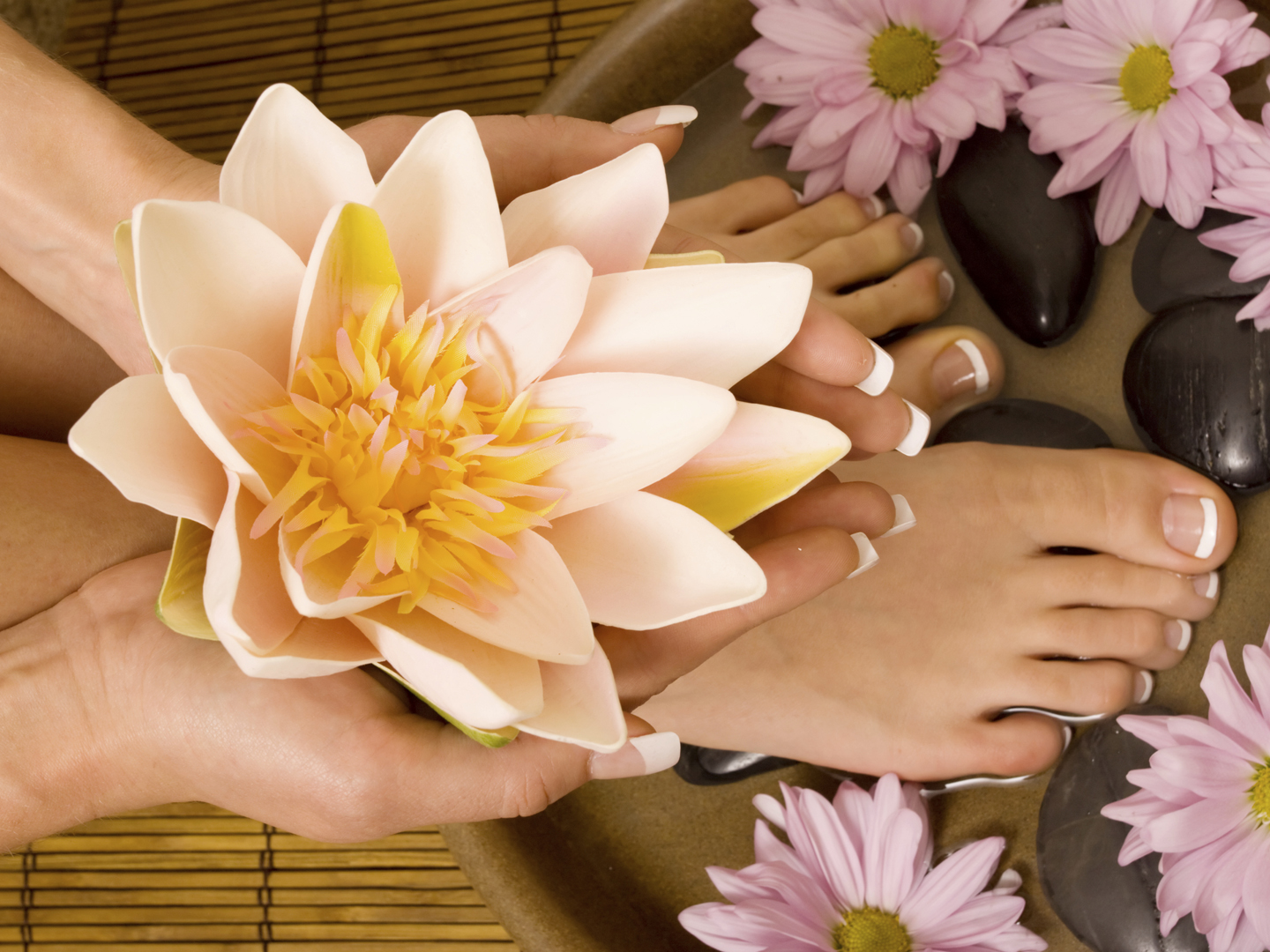Treating Heel Spurs & Bone Spurs

What is a heel spur?
A bone spur (or osteophyte) is a small bony growth or collection of bony growths on or near the joints. When a bone spur occurs on heel, it is called a heel spur. They may or may not cause pain, and patients often confuse heel spurs with a related condition known as plantar fasciitis – inflammation of the band of tissue that stretches from the ball of the foot to the heel, forming the arch. Many people have a bone spur without ever knowing it, and about 70 percent of patients with plantar fasciitis who do have discomfort will also be found to have a heel spur when observed via X-ray. It is likely that a bone spur forms as the body tries to repair itself from repeated injury by laying down extra bone at the site of trauma. Plantar fasciitis is typically another result of such trauma. Heel spurs are most often seen in middle-aged men and women, but can be found in all age groups.
What are the symptoms of heel spurs?
Although they rarely cause pain on their own, bone spurs in the feet can lead to callus formation as tissue builds up to provide added cushion over the area of stress. Over time, wear and tear on joints may cause these spurs to compress neighboring ligaments, tendons or nerves, thus injuring tissue and causing swelling, pain, and tearing resulting in a bone spur.
When a patient has plantar fasciitis, on the other hand, the area underneath the foot becomes irritated and inflamed with swelling, local tenderness, and pain that comes with standing or walking – although any activities that involve weight bearing or stretching of the foot can cause problems. Symptoms are typically worse in the morning as the fascia of the foot often tightens overnight. As a matter of fact, the classic sign of plantar fasciitis involves pain with the first few steps after walking along the front and bottom of the heel. Pain can often move around the foot and worsen if people try to walk on the balls of their feet, since walking on the forefoot causes more tension in the fascia, which pulls on the heel and creates more discomfort.
What causes heel spurs?
Heel spurs can form when calcium deposits build up as a result of repeated strain placed on foot muscles and ligaments, as well as from abnormally stretching the band of tissue connecting the heel and ball of the foot. Repeated injury to the membrane that lines the heel bone can also cause problems as can repeated tight pressure on the back of the heel. The causes can range from excessive walking (especially if unaccustomed to walking), running or jumping to improperly fitted or worn-out shoes. Runners, volleyball players, and tennis players, people who do step aerobics or stair climbing for exercise, those with flat feet, pregnant women, the obese, diabetics, and those who wear poorly fitting shoes are all prone to developing heel spurs (and plantar fasciitis) more readily.
What are the conventional treatments?
Bone spurs rarely require treatment unless they are causing frequent pain or damaging other tissues. Because heel spurs and plantar fasciitis are so closely related, they are usually treated the same way. Symptomatic treatment involves rest, especially from the activity that is contributing to the condition and making symptoms worse (although this may not be easy to identify, as problems can manifest several hours or days after the harmful activity has occurred). If you discover the offending activity, ice is recommended immediately following it. Stretching of the calf muscles after a short warm-up is also a good idea and can be helpful. Stretching exercises that gently lengthen the calm muscle will relax the tissue surrounding the heel and should be done several times a day, especially in the morning and after prolonged sitting.
Another temporary treatment for spurs is taking over-the-counter or prescription-strength anti-inflammatory medications, but these can cause side effects with prolonged use, particularly gastrointestinal upset, ulcers, and bleeding. Deep tissue massage, taping, and other physical therapy modalities can also be helpful. Arch support is highly recommended, either with shoe inserts or custom orthotics made by podiatrists. If pain continues, a steroid injection at the site of pain may be recommended; however, many physicians do not like injecting around the heel. The side effects of steroids injected in this area can be serious and worsen symptoms. Complications can include fat necrosis (death of fatty tissue) of the heel and rupture of the plantar fascia.
Sometimes a bone spur can be surgically removed or an operation to loosen the fascia – called a plantar fascia release – can be performed. This surgery is effective in the majority of people who do not get relief with conservative treatment, but symptoms may return if preventative measures (wearing proper footwear, shoe inserts, stretching, etc.) are not maintained.
What therapies does Dr. Weil recommend for heel spurs?
- Exercise: If you think your pain is exercise-related, change your exercise routine, environment, or footwear, and emphasize movements and/or body parts that do not cause pain.
- Mind/Body: Occasionally foot pain can be related to stress. The body may respond with generalized tension that contributes to pain in many areas, including the feet. Hypnosis and guided imagery are worth exploring if an anatomical problem is not apparent.
- Supplements: Natural anti-inflammatories can be just as effective as ibuprofen or other over-the-counter pain relievers with fewer side effects. Try one of the following:
You can also take the pressure off your heel with a donut-shaped heel cushion or a heel-raising pad placed in your shoe. Wearing properly fitted shoes appropriate for each activity and purchasing new footwear when necessary are key.
SOURCES:
orthoinfo.aaos.org/topic.cfm?topic=a00149
emedicinehealth.com/heel_spurs/article_em.htm
webmd.com/pain-management/heel-spurs-pain-causes-symptoms-treatments
Reviewed by Benjamin S. Gonzalez, M.D., May, 2016.









